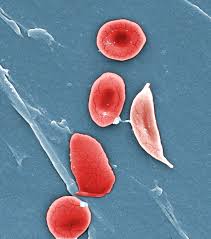Aggregated News

Once a month, David Sanchez, 15, comes to Lucile Packard Children’s Hospital Stanford for an infusion of donor red blood cells. David was born with sickle-cell disease, an inherited disorder caused by a mutation in one gene among the roughly 20,000 in our DNA
David’s monthly infusions offer only temporary relief from the debilitating and potentially deadly complications of his disease. But what if his genetic disease — and thousands of others — could be cured by simply fixing the mutation? Researchers are betting they can with CRISPR, a powerful technology that allows scientists to quickly target, delete and repair any mutated sequence of DNA in any gene.
Other gene-editing tools have emerged in recent years, but none seems to match the precision, low cost and usability of CRISPR, which is rapidly transforming genetic research and has entered testing as a medical treatment.
“It’s no exaggeration to say that CRISPR has been revolutionary,” says Mark Mercola, PhD, a professor of cardiovascular medicine and a member of the Stanford Cardiovascular Institute. “With CRISPR, we can do genetic experiments that...



